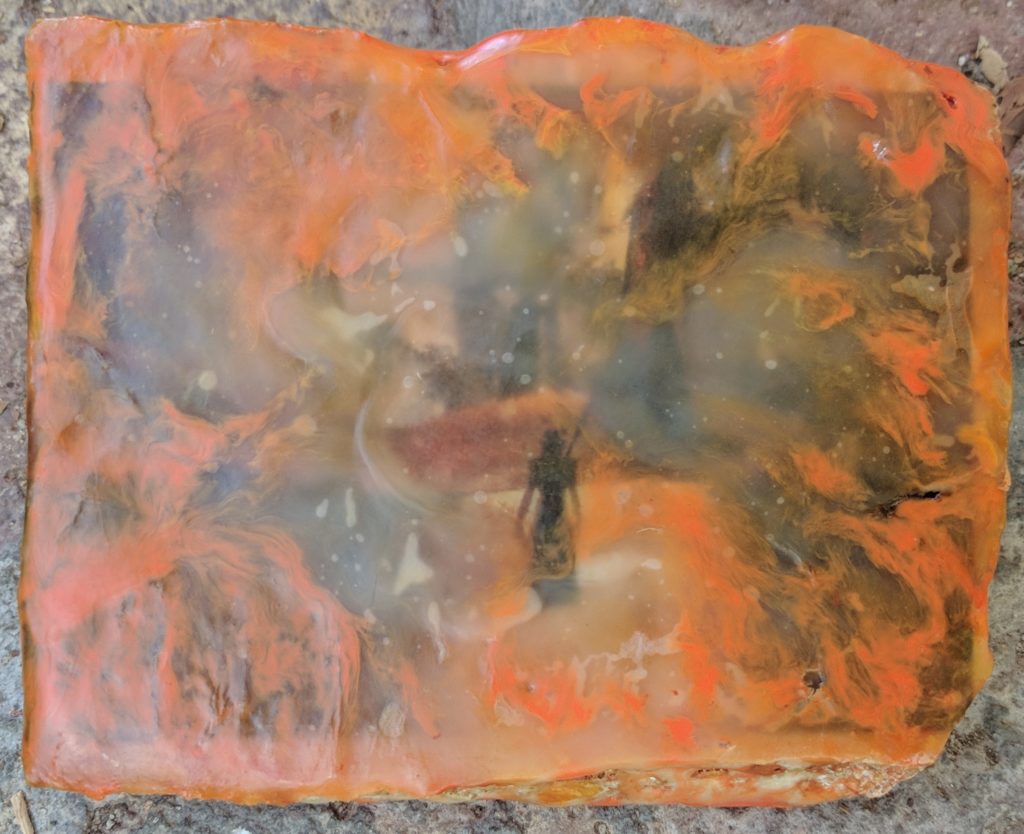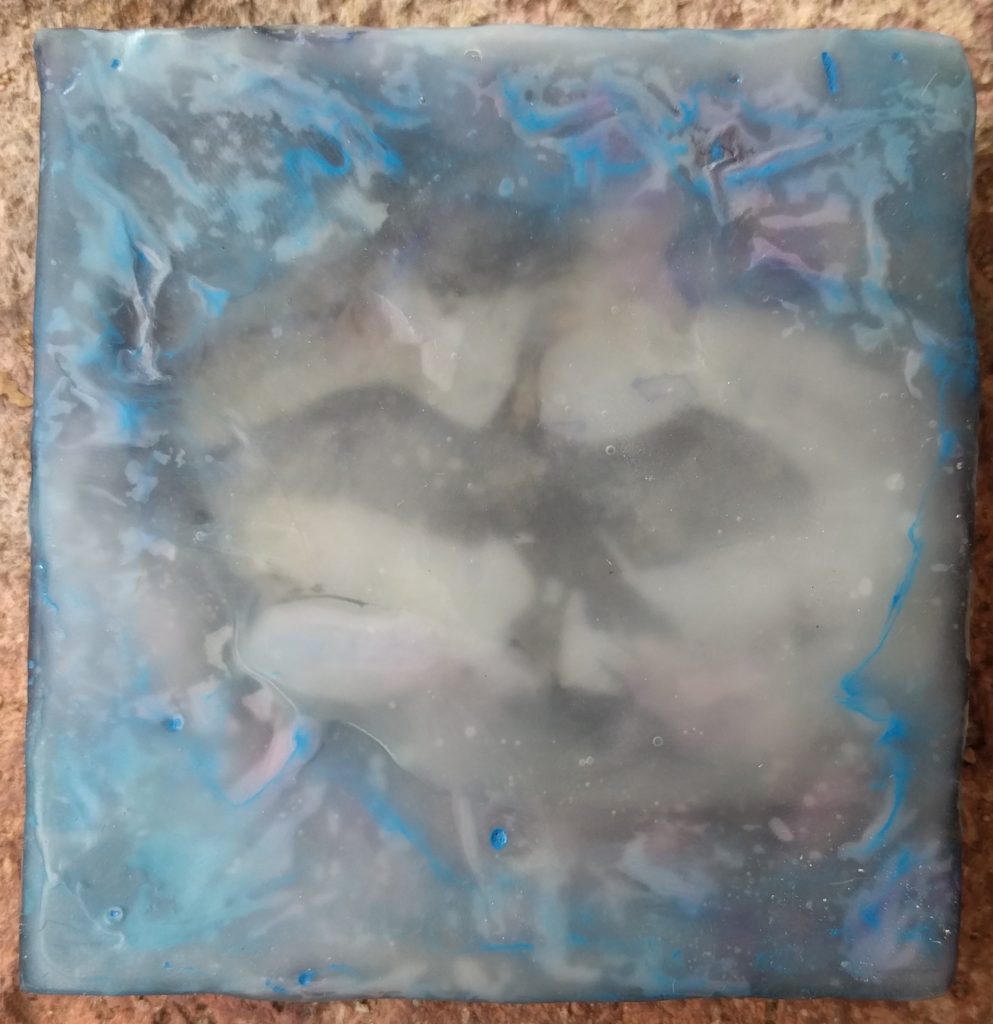Pure energy. He’s exhausting! Restless, he loves new ideas and new stimulus. When he finds the holiday doors and goes to Christmas Town he becomes obsessed with enacting his plan.
And he’s a little dense about what the holiday means. It’s all observed through his Halloween lens. He’s willing to learn and try new things, but he’s also entrenched in his own experiences. It takes the whole movie to break him out of his mindset. Which number powers forward, and reassesses afterward?
Completely lanky, his physique is probably not an indicator of his Enneagram number. He’s a skeleton. His design dictates his look. He’s very robust and active, though. That’s a true clue about him. His physical expressiveness is extreme.
I want to say a Seven because of his curiosity, but we must consider a Body Type, too. He seems too cavalier about the financial details involved in hosting Halloween, so I’ll rule out a One. I’ll also say he’s not a Nine, who would appreciate the 364 days that aren’t Halloween. Changing the holiday is too much conflict.
An Eight? His gusto for playing Santa could go either Seven or Eight. Also his scientific exploration of Christmas, his formulas and experiments, could indicate either number. The same for that confident bullheaded quality.
It’s his confrontation with Oogie Boogie that makes him an Eight. He goes right in, relying on physicality and bossiness to defeat the villain. A Seven would’ve created a plan.


